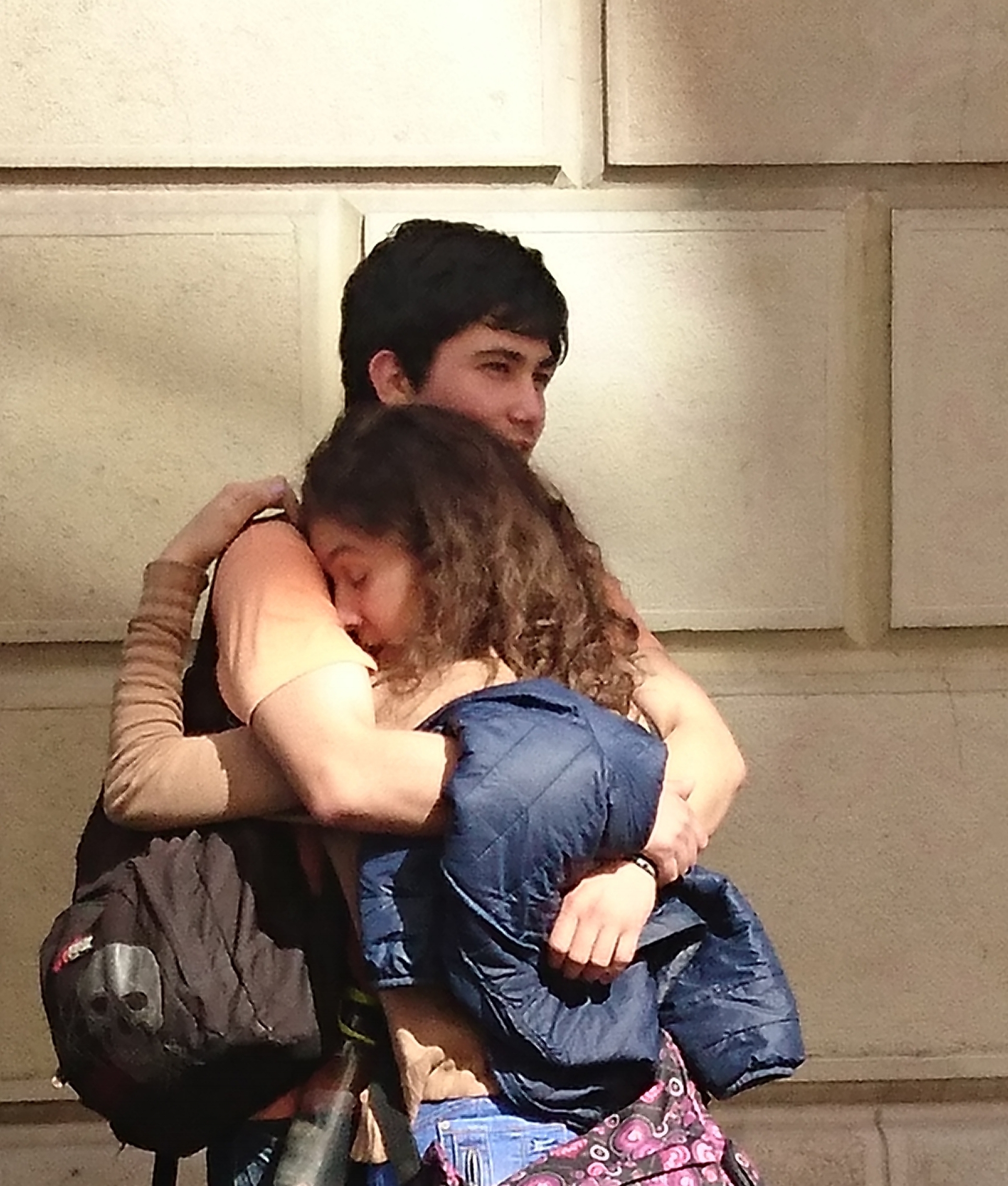Fascia
I was asked the other day: “How would you describe Fascia?”
I heard myself saying: “Well, it’s a matrix, a web…” and I realised that, after 17 years of studying and working with fascia, of dissecting and palpating it and literally living and breathing it, I was struggling to find my own words to describe it.
Images came to mind of a tent with poles from Ida Rolf’s groundbreaking book 'Structural Integration', followed by memories of eating meat and peeling onions over the years with increasing fascination. I then thought about my first cadaver workshop in Boulder, USA, during my Rolfing training, plus subsequent workshops at the teaching hospital at St George’s in London, when I’ve been moved to tears at the sheer exquisite beauty of the stuff we call Fascia.
We have so much to learn about life from fascia. It connects us inside and out. To work intelligently with it takes a degree of patience that is a lesson for us all.
We go to meditation and yoga classes to slow down and learn to look inwards. And yet the pace at which fascia dictates we live is right there within the tissues of your body, that is, if you’re interested in opening and unfolding as a way of learning and revealing yourself?
You can’t bring your own agenda into the picture when you’re working with fascia; you have to be led by your senses. The body unfolds at its own speed and fascia lets go to the beat of its own drum.
What leaves me so awe-struck when I work with fascia is how pure it is. Fascia needs to be treated with respect. But for most people, it’s only when you injure yourself that you really bring to your body the level of care, consideration and respect that it needs.
If I asked you now “how does your fascia feel?” I wouldn’t blame you for looking at me blankly or bewildered. It is really a part of our bodies that we don’t know or feel in contact with.
And yet we couldn’t be more in touch with it: it surrounds every single muscle fibre. We can’t help but feel it and yet we don’t know we’re feeling it!
Several years ago I suffered from a rib strain. It started off as a very sharp, localised deep strain, like a gnawing sensation that made it easy to know where it was. But within 48 hours it had become a more global sensation, spreading throughout the inside of my ribcage. It felt icy and glassy and like a thin layer of frost had moved in. It affected my breathing and movement – it wasn’t localised anymore – and then I couldn’t really tell where it was coming from. In those few days it affected me entirely. All of my body was involved, all of me. As my body started to tighten, I noticed how I wanted to stretch in response. All those times we don’t stretch when we need it most, such as after the gym or a run, but when we’re injured our fascia needs time to unwind and return to health.
Fascia is a highly intelligent structure within our bodies; it is both incredibly strong and delicate at the same time. It manifests and reflects our physical, emotional and psychological health. Ida referred to it as “the organ of structure” as it is the very structure of who we are. It holds information about all our patterns: how we breathe, laugh and sleep, how we move forward in our lives or how we do not. It is the way in, the way into change. It is the map of who we are, how we’ve grown and where our potential lives.
If we treat the body with the respect it deserves and start to know our fascia we can find ourselves living alongside and within the most strikingly beautiful and radiant tool for learning.









